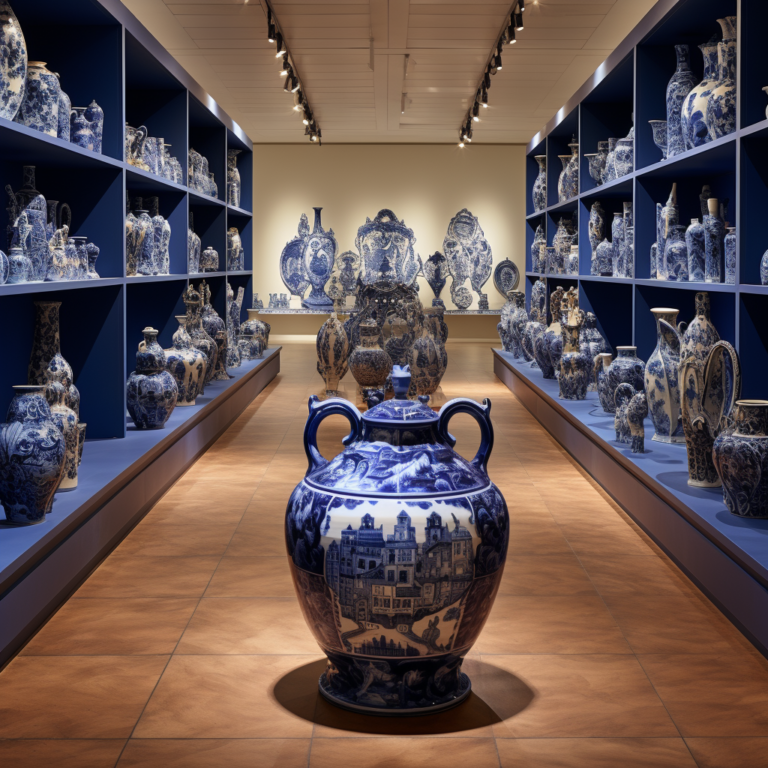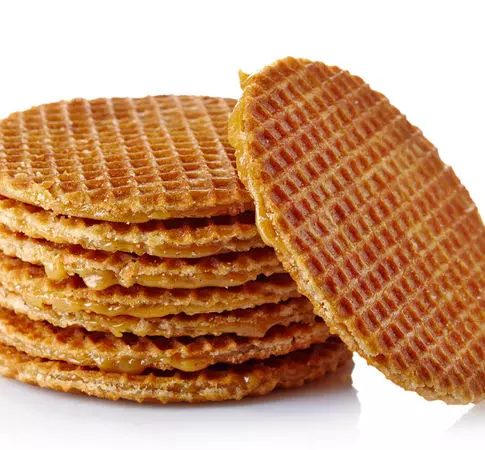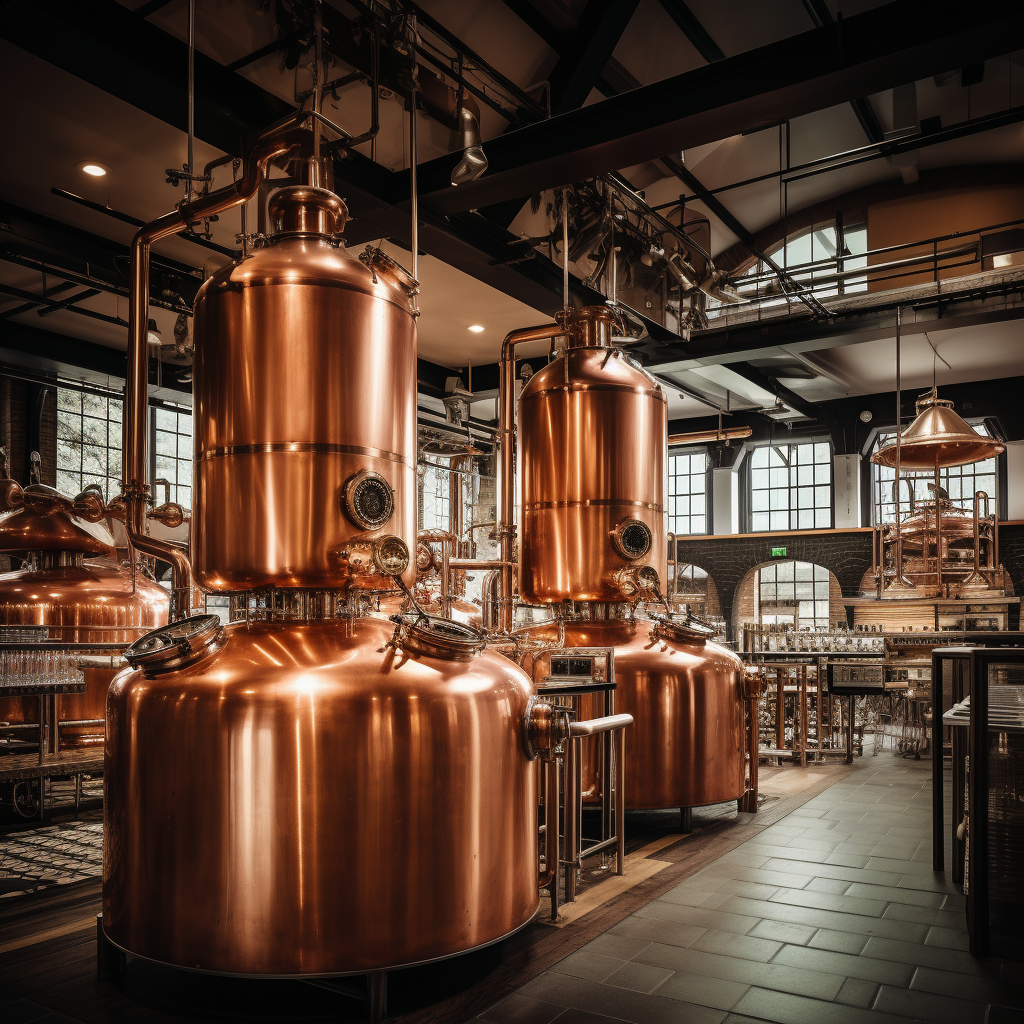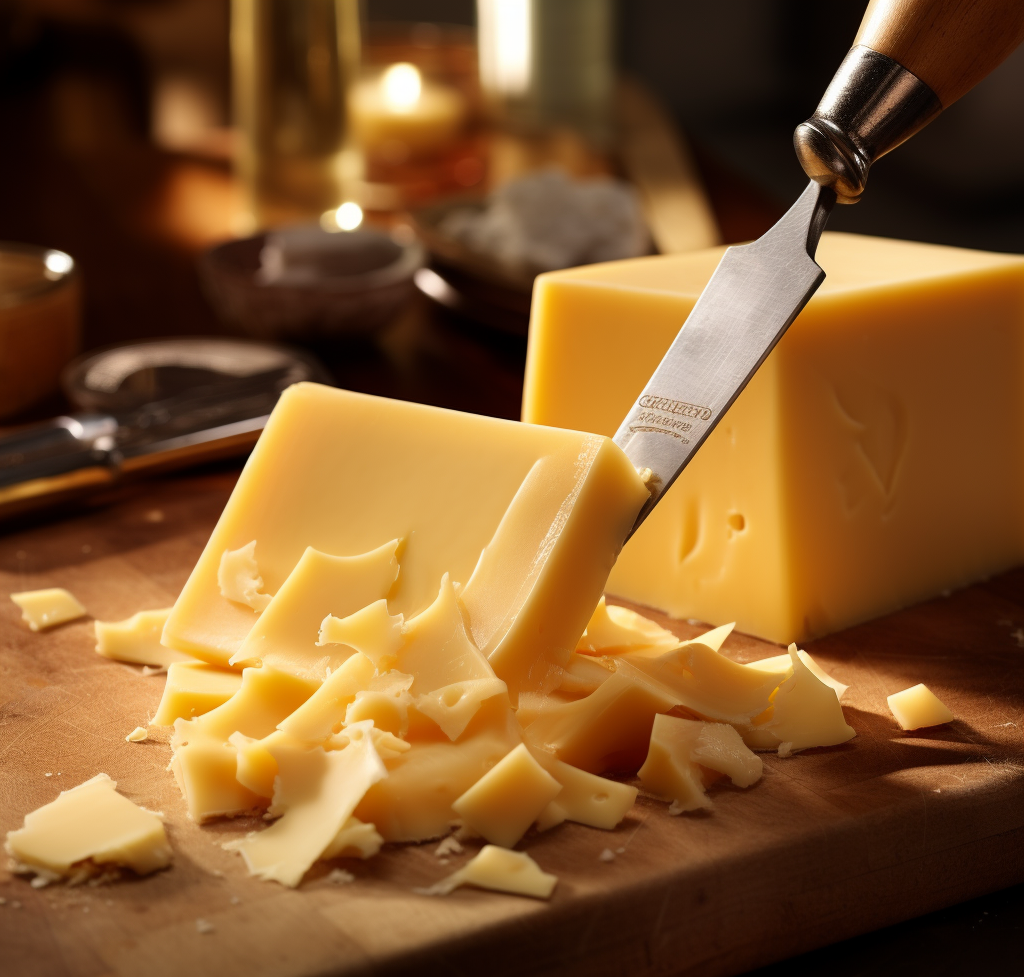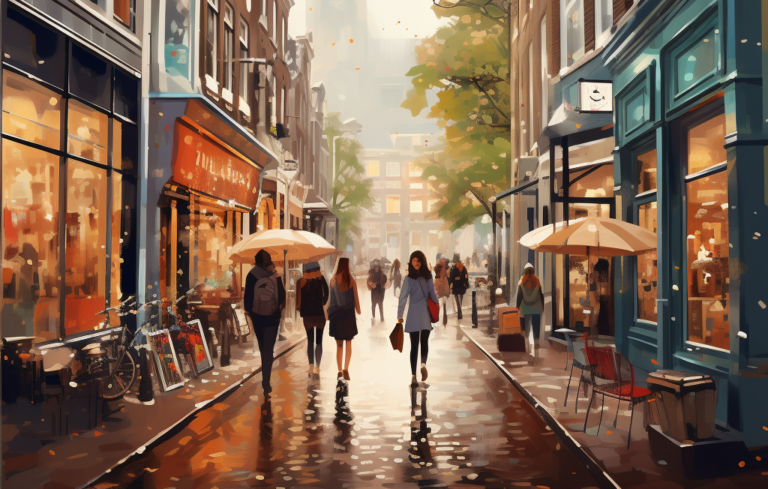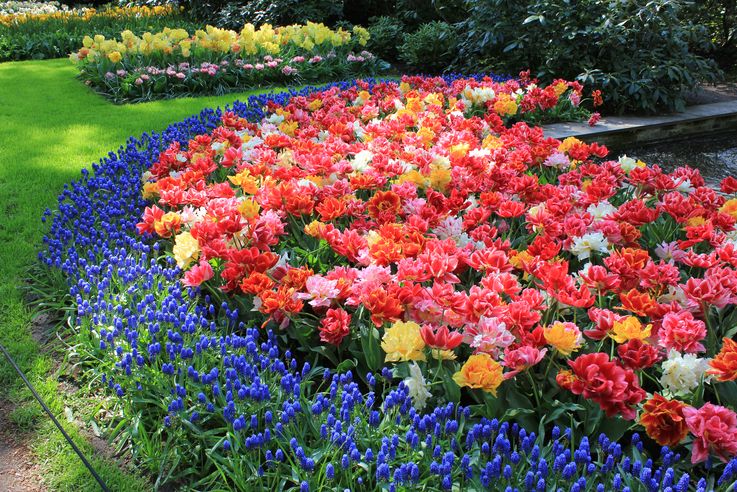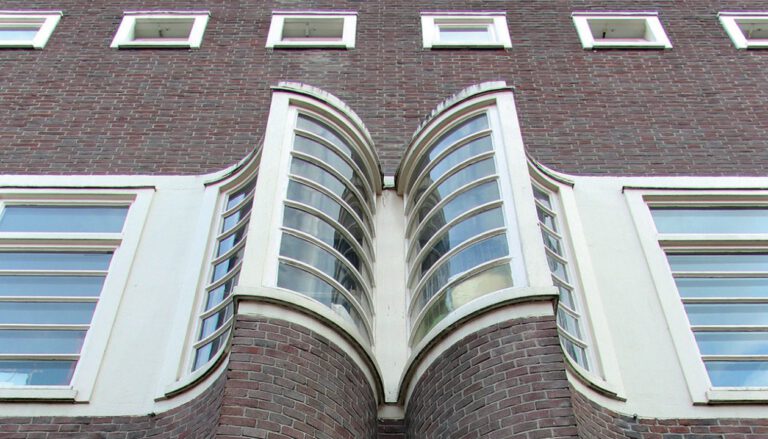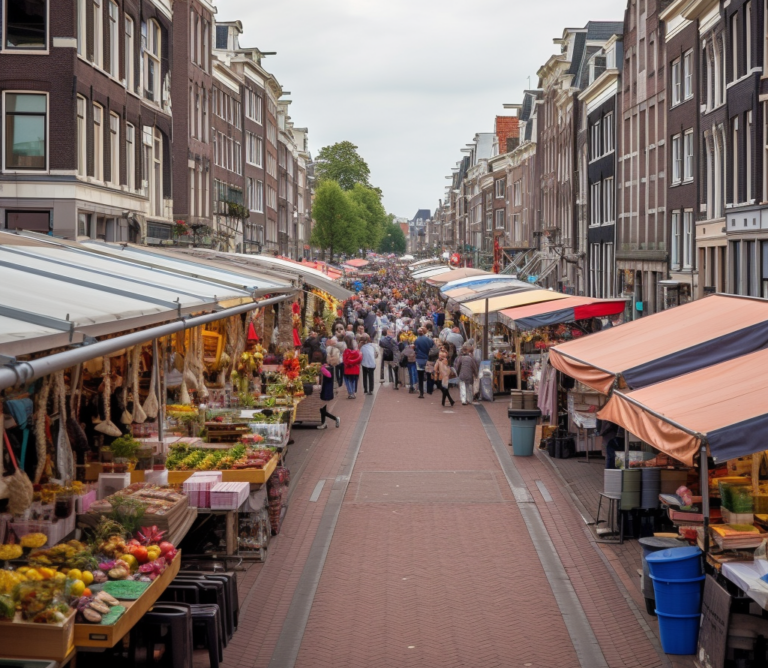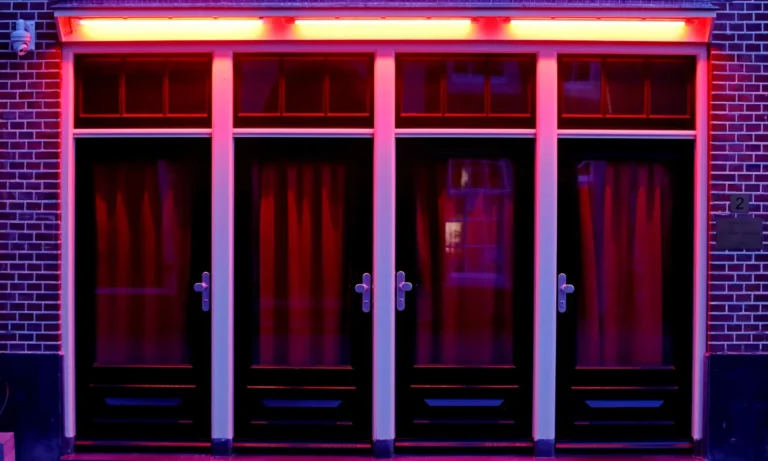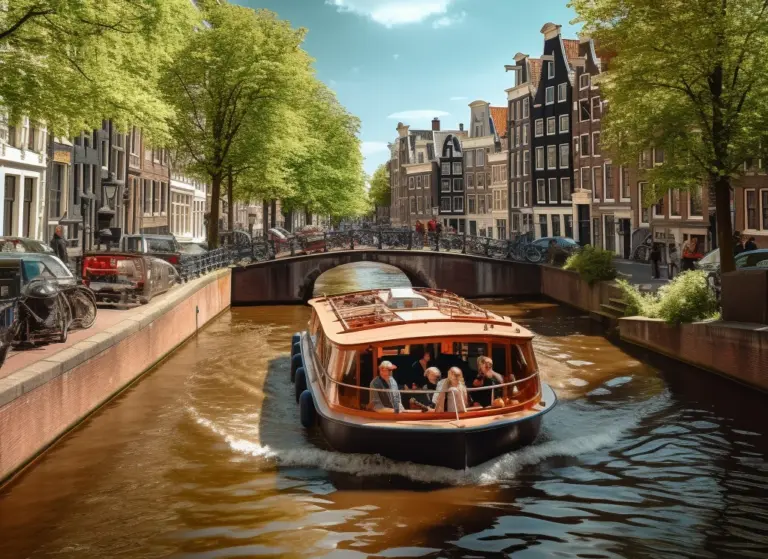Delft Blue
Delft Blue – the Timeless Beauty of Dutch Delftware
Nestled within the charming city of Delft in the Netherlands lies a centuries-old tradition of ceramic artistry that has captured the hearts of admirers around the world. Delft Blue a translation from the Dutch term “Delfts Blauw” also known as Delftware or Dutch Delft pottery, is a signature style of blue and white ceramic craftsmanship that has become synonymous with Dutch culture and heritage. With its delicate designs, rich history, and enduring popularity, Delft Blue stands as a testament to the enduring allure of handmade artistry.
Origins and Development of Delft Blue
Delft Blue traces its roots back to the 17th century when Dutch potters sought to replicate the highly coveted blue and white porcelain from China. Inspired by the Ming and Qing dynasty porcelain, Dutch artisans developed their own unique style by utilizing a tin-glazing technique. The white ceramic base was coated with a tin glaze, and then artists painted intricate blue designs by hand. The city of Delft quickly became the epicenter of this artistic movement, giving rise to the name “Delft Blue.”
Timeless Aesthetic
Delft Blue ceramics are known for their distinctive blue hues and delicate patterns that often depict scenes of Dutch landscapes, flora, fauna, and historical events. The elegant blue tones are achieved through cobalt oxide, which, when fired, results in a range of mesmerizing shades that vary from deep indigo to a pale sky blue. This timeless aesthetic has made Delft Blue pieces sought after by collectors and enthusiasts alike.
Artisans at Work
Creating Delft Blue ceramics is a labor-intensive process that requires a delicate balance of craftsmanship and artistry. Skilled artisans hand-paint each design with meticulous precision, ensuring that every stroke reflects the essence of the tradition. The process involves layering glazes and firing the pieces multiple times, resulting in a glossy finish that gives Delft Blue its signature allure.
Royal Delft – A Regal Connection
Among the esteemed producers of Delft Blue ceramics, Royal Delft holds a special place. Established in the 17th century, it is the last remaining earthenware factory from the 17th century in Delft. With a rich history dating back to 1653, Royal Delft has a unique distinction: it received a royal warrant in the 19th century, and it proudly bears the title “Royal” in its name. The factory continues to create exquisite Delft Blue pieces using traditional methods, preserving the art form’s authenticity and royal connection.
Preserving Tradition
Despite the evolution of art and industry, Delft Blue, including the offerings from Royal Delft, has retained its authentic charm and appeal. While modern technology has brought innovations to the production process, many workshops in Delft, including Royal Delft, still adhere to traditional methods. Visitors to the city can witness the art form in action at historic workshops, gaining insights into the intricate steps involved in crafting these exquisite pieces.
Collectible and Cherished
Delft Blue pieces, including those crafted by Royal Delft, have transcended their utilitarian origins to become cherished works of art. From decorative plates, vases, and tiles to delicate figurines and ornate tea sets, these ceramics grace homes and museums alike. Collectors value both antique and contemporary Delft Blue pieces, recognizing their historical significance and artistic beauty.
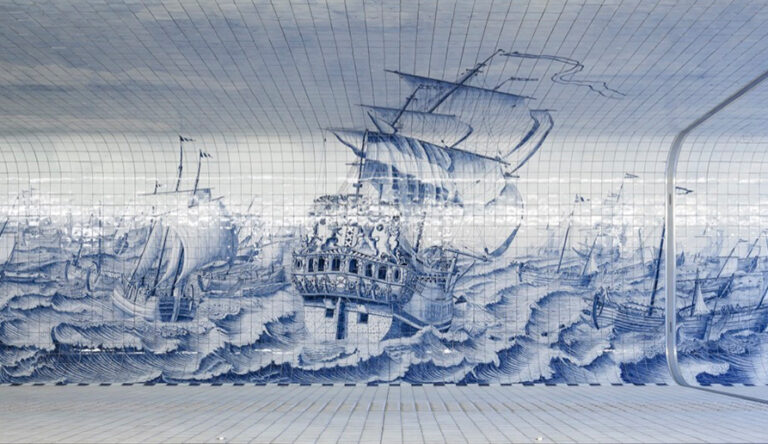
A Symbol of Dutch Heritage
Delft Blue, especially the legacy of Royal Delft, serves as a quintessential symbol of Dutch heritage, evoking nostalgia for a bygone era while remaining relevant in modern times. Its ability to bridge the gap between tradition and contemporary appreciation is a testament to its enduring charm.
Delft Blue, with its regal connection through Royal Delft, is more than just ceramic art; it is a tangible link to the past, a celebration of craftsmanship, and a representation of the rich cultural tapestry of the Netherlands. Its intricate beauty, combined with the royal touch, continues to captivate hearts, making Delft Blue an art form that transcends generations and borders.
